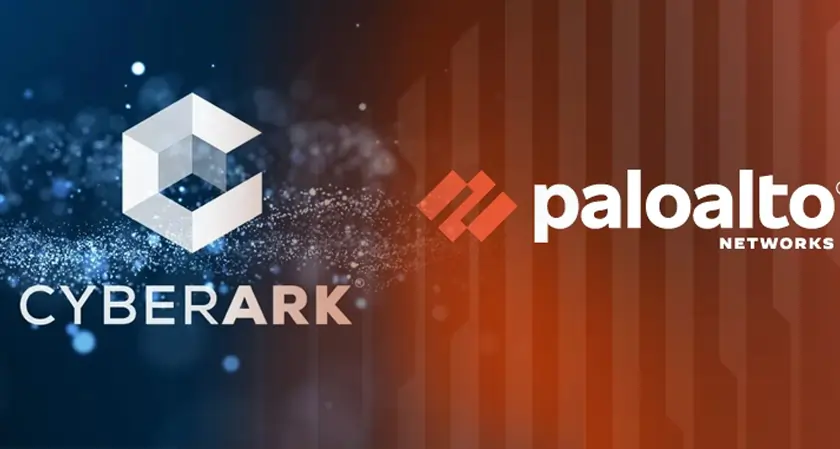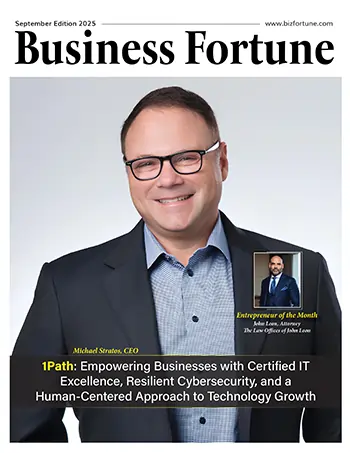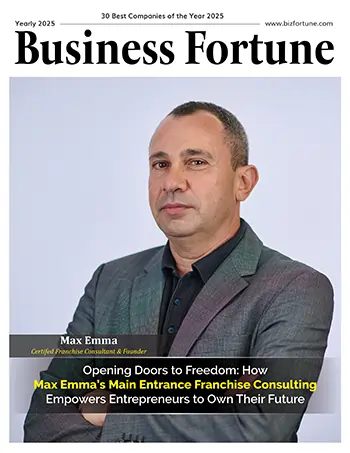Home Innovation Networking Strengthening Zero-Trust with ...
Strengthening Zero-Trust with Identity as the Third Pillar of Runtime Security: Palo Alto's $25 billion CyberArk Deal
Networking

Business Fortune
28 August, 2025
There were two significant purchases in the network security market this year: Palo Alto's $25 billion purchase of CyberArk and Google's $32 billion purchase of Wiz. The Wiz acquisition addressed the vital significance of protecting cloud and AI workloads, as we examined a few months ago, and how businesses have lost many of their conventional security capabilities in this context. A supplementary narrative about the importance of identity in network security is now presented by the CyberArk purchase.
Palo Alto was founded in the field of network security, which involves protecting data traveling between private business networks and to and from the Internet, which is the most crucial trust barrier for any private firm. In 2006-2007, they introduced their first product, a next-generation firewall called Transformation for Network Security. The majority of their revenue still comes from that fundamental technology.
However, security is now a considerably different concern than it was in 2007 due to the cloud's dispersed, complicated, and massive attack surface. The zero-trust strategy of "never trust, assume breach" is replacing outdated, perimeter-based security approaches in the majority of the largest cybersecurity agencies and compliance organizations.
Palo Alto is integrating identity in order to go toward zero-trust adoption.
Zero trust is a security philosophy that alters our perspective on everything. The main function of Palo Alto's product was to stop malicious traffic; they would identify if network traffic was good or evil and, if it was, block it.
Consider it this way: Palo Alto operated similarly to a concert security crew, using an X-ray machine and a metal detector to ensure that nothing dangerous was entering. They haven't checked tickets or IDs yet.
Zero trust involves much more than only identifying and preventing malicious activity. It integrates identity—more especially, workload identity—into security, adopting a least-privilege access philosophy that does not presume network security. It verifies that everyone on the network is permitted to be there by looking at their name badges and symbolic IDs.
CyberArk is well-known for its expertise in access control and identity protection. Palo Alto's acquisition of CyberArk closes a significant gap in its portfolio with the use of zero-trust concepts and identity incorporation.
Your Final Line of Defense: The Three Foundations of Runtime Security
Runtime security, sometimes referred to as inline security, is the crucial point at which threats confront your defenses in real time. Runtime security actively defends your systems while they are in use, as opposed to preventative measures that aim to thwart assaults before they occur. As your last line of security, it may make the difference between a catastrophic breach and an attack that is stopped.
For every business to accomplish effective runtime security, three fundamental pillars must cooperate. Sophisticated attackers will take advantage of the vulnerability created by missing even one.
1. Network Security: The Protection of Your Digital Edge
Consider network security to be your digital highways' sophisticated traffic control. It continually tracks and filters data flows to separate harmful attempts to compromise your systems from genuine business communications. Contemporary network security employs machine learning and behavioral analysis to identify irregularities instantly, going beyond basic firewalls.
2. Endpoint Protection: Safeguarding Each Access Point
Every system, software, and device on your network is a possible point of access for hackers. By keeping these access points safe from infiltration, endpoint security keeps hackers from becoming persistent in your system. This covers everything, including cloud workloads, IoT devices, and employee laptops, each of which needs security specific to its own vulnerabilities.
3.Identity Security: Have faith, but double-check
Identity verification is essential in the zero-trust environment of today. Before gaining access to your resources, this pillar makes sure that each person, task, and device has been verified and approved. These days, continuous verification, contextual access restrictions, and adaptive authentication that react instantly to risk signals are more important than just passwords.
The identity component is important because identification in a cloud network can be dynamic. For instance, in a Kubernetes cluster that uses and discards IP addresses quickly, the identity based on an IP address may vary.
The majority of well-known cybersecurity brands are based on one or both of these pillars. Network security products include Checkpoint, Zscaler, CloudFlare, Netscope, and Fortinet. The destination is Crowdstrike. Entra (Identity) and Microsoft Defender (Endpoint). Not many cover all three. Furthermore, they are rarely successfully integrated.
Palo Alto is now working to close the gap; purchasing CyberArk provided them with the necessary third element.
To put it briefly, Palo Alto's purchase of CyberArk confirms the necessity of integrating identification into network security on a deep level. However, post-event integration is challenging. When we introduced our Cloud Native Security Fabric, integrating identity into network security was a fundamental component.
Palo Alto is Taking Steps to Consolidate Cybersecurity Vendors
The cybersecurity sector faces a conundrum: although businesses find it difficult to oversee partnerships with as many as 60 security companies, the intricacies of contemporary threats need specialist knowledge. Palo Alto's acquisition of CyberArk is a deliberate step toward the platformization that businesses want, albeit in a walled garden. It goes beyond simply adding identity to their portfolio.
However, there are hazards associated with consolidation. Cybersecurity is essential to our digital society's resilience and prosperity; it's not just about following regulations or checking boxes. As platforms grow and suppliers combine, we need to make sure that innovation doesn't suffer because of ease. Focused, independent businesses that are pushing the envelope in their particular fields frequently have the finest ideas.
Balance is necessary for the future. Indeed, we require platforms that are capable of providing the three runtime security pillars cohesively. However, we also require an ecology in which:
- Best-of-breed solutions can still be implemented on established platforms.
- With creative methods, startups can still pose a threat to established companies.
- Interoperability is given precedence above vendor lock-in by all vendors.
- Integration ceases to be an afterthought and becomes a feature.
In order to combat increasingly complex threats, the cybersecurity sector must present a united front, whether through partnership or consolidation. Anything less than our combined best effort is not acceptable given the enormous stakes. In the end, it doesn't matter how many providers you have; what counts is how well they collaborate to safeguard your most important assets.


































